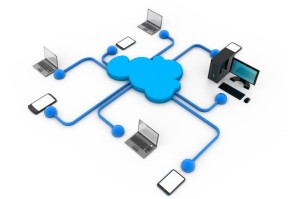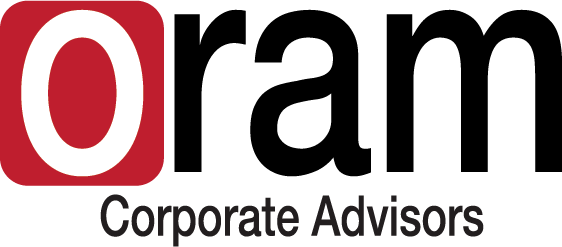 With the rise of mobile, social and cloud technologies, our world of work has changed. How often can we be connected to the office? Everywhere we go. Legacy enterprise content management (ECM) systems that have been in place for the last decade don’t get this new world. It’s time to upgrade to the new architecture.
With the rise of mobile, social and cloud technologies, our world of work has changed. How often can we be connected to the office? Everywhere we go. Legacy enterprise content management (ECM) systems that have been in place for the last decade don’t get this new world. It’s time to upgrade to the new architecture.
Have you addressed your ECM strategy lately? Devising a new approach will help your company stay secure and meet required standards.
Embrace current IT infrastructure. Legacy ECM systems don’t support cloud services nor full mobile support. Requirements to make this change can include anything from virtualized environments to public-cloud SaaS deployments. When your users request to telework, collaborate as remote teams, or work outside the now-defunct 9-5 office schedule, can your platform support this?
How we work, access the office, manage our data, collaborate with teams, is all undergoing a massive transformation driven by the changes in IT infrastructure. ECM that can support these changes plays a vital role in storing, managing and securing the content the keeps your business moving.
Support these new ways of working. What is one of the big reasons ECM projects fail to hit the mark? Poor user adoption. Your people won’t buy in if the system isn’t intuitive with adequate support for sharing and remote access. Those personal apps like Instagram and Snapchat? They’ve managed to shape the expectations of today’s workforce. So how can an ECM model after a photo-sharing site? Have a fresh user experience that is engaging and intuitive. Legacy systems fail in these areas.
Prepare for the growth of connectivity. Businesses are no longer stand-alone islands. Your employees are part of a network between themselves and with contractors and suppliers as well. Sharing content, in a secure way, is necessary. Legacy systems are stuck behind their firewall, which doesn’t support the interactive, collaborative world businesses interact in today. A modern ECM supports sharing both within and outside of the walls of the company.
Plan for the exponential growth of data. Digital content flows through businesses in massive amounts that continue to grow through the deluge of emails, documents, videos, even data collected by smart devices as part of the Internet of Things. How is this content being properly stored and secured? With the overwhelming amounts of information, users may find it difficult to wade through and find the information that they need. If users are searching between mobile devices, network drives, email folders, USB sticks, or cloud sites, the task of securing sensitive information required by compliance standards could be unachievable for a business. Modern ECM uses tools such as comments, categories, and geo-location data to store information for future retrieval.
Through these tools, business processes can be created to deliver data directly to the right person at the expected time, in the appropriate application. You will then improve productivity and processes for your people.
Finally, When your company supports your people to work when and where they want, you’ll provide a work environment that entices and keeps the Millennial workforce. You’ll also provide the right collaborative environment to work with other businesses as well as comply with security standards.
